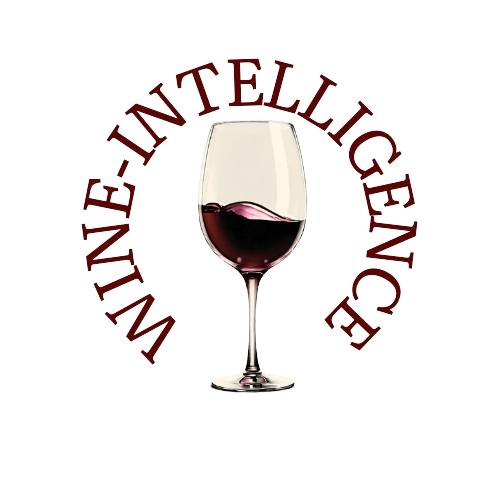In 2024, the Italian wine industry demonstrated both resilience and adaptability, as highlighted in the newly released 2025 Annual Report by Valoritalia, Italy’s leading wine certification body.
Despite a 0.46% decline in PDO and PGI wine volumes compared to the previous year, a total of 2.019 billion bottles were placed on the market—1.4% above the 2019–2023 average and 110 million bottles more than in 2019. This accomplishment comes against the backdrop of global economic turbulence and waning wine consumption worldwide.
The Valoritalia report paints a nuanced picture: red wine appellations faced a significant 6.8% contraction, yet stalwart names like Barolo, Brunello di Montalcino, Bolgheri, and Maremma Toscana showed growth. White wine denominations also dipped 5%, though notable exceptions included Pinot Grigio delle Venezie (+3%). Most notably, sparkling white wines surged, driven by Prosecco DOC (+7%), Asolo Prosecco DOCG (+50%), and Alta Langa (+9.1%), signaling a clear shift in consumer preferences toward lighter, effervescent styles.
Valoritalia currently certifies 219 designations, representing 56% of Italy’s quality wine output, valued at EUR 9.23 billion (including EUR 5.3 billion in DOC wines, EUR 2.6 billion in DOCG, and EUR 1.2 billion in IGT). The largest 20 denominations account for 86% of bottled volume, while the smallest 139 contribute just 1.4%. This fragmentation presents both strength and structural weakness, according to Valoritalia President Francesco Liantonio, who advocates for reform of the consortia system to improve operational efficiency and market representation.
From a production-type perspective, DOC wines grew by 2.7%, counterbalancing a 6.3% drop in IGT wines, which had surged the previous year, and a 2.3% decline in DOCG volumes, continuing a three-year trend. This underscores a market realignment where designation size correlates with stability and the ability to respond to evolving global trends.
In terms of value, Prosecco DOC dominated with EUR 2.8 billion, followed by Delle Venezie DOC at EUR 979 million and Conegliano Valdobbiadene Prosecco DOCG at EUR 540 million, reaffirming sparkling wine’s strong position in both domestic and export markets.
The report also includes insights from Nomisma – Wine Monitor, which conducted a dual-market study in Italy and Canada. Key findings reveal diverging consumer priorities: while Italian buyers prioritize terroir and denomination, Canadians value winery branding. Both, however, show strong interest in sustainability (81% in Italy, 74% in Canada), low-alcohol wines, and eco-friendly packaging, with Canadians also favoring rosé wines and mixology trends more than their Italian counterparts.
Exporters are increasingly turning to Canada, the UK, and Japan to hedge against geopolitical risks like potential US tariffs. Italy’s wines remain the most consumed foreign labels in Canada, with EUR 442 million in imports. Meanwhile, 47% of Italian wine businesses have begun diversifying their market strategies.
Valoritalia CEO Giuseppe Liberatore described 2024 as a “year of consolidation—not brilliant, but still positive,” given the pressures of two wars, ongoing inflation, and post-pandemic market volatility. COO Giuseppina Amodio emphasized that the future competitiveness of denominations hinges on versatility and responsiveness to consumption patterns rather than mere tradition.
As a key takeaway, the report suggests that certification—particularly around sustainability and innovation—will play an increasingly pivotal role in shaping consumer choices and maintaining Italy’s global leadership in wine.
Source: WineNews

